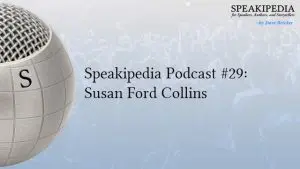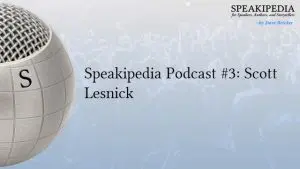Over the years I’ve spent speaking, I’ve developed special ways to explain a variety of concepts. I’ve written books, created beautiful slides, and shared a number of workshops.
But as clearly as I’ve mapped out my messages, I’ve discovered only one thing that consistently helps my audiences put my theories into practice—and that’s interactivity.
For example, when I explain the four elements ?of story, everyone tells me the model makes sense, that it’s clear and understandable.
I always took them at their word and felt good that I’d been able to give them a new concept to work with…
And then I tried adding a layer of interactivity. I asked my attendees to write a brief story using my “four elements” model.
Wow! Turns out there’s a big gap between thinking you understand something and actually understanding it!
Once my audience members wrote their own stories and shared them, I was able to guide them.
“That’s colorful but I’m not clear what the conflict is.”
“I see the problem and the solution, but how are you creating the transformation in a way that’s new, different, or surprising?”
This interactivity—having attendees write a story instead of just listening to my advice about how to construct one—allowed me to see how well they understood the material. And the resulting discussion benefited everyone in the workshop.
You may be an engaging speaker, and your content may be well-organized and logical, but if you want your audience to get maximum benefit from your program, give them an opportunity to roll up their sleeves and get their hands dirty.
Interactivity is the key to making your program effective.





